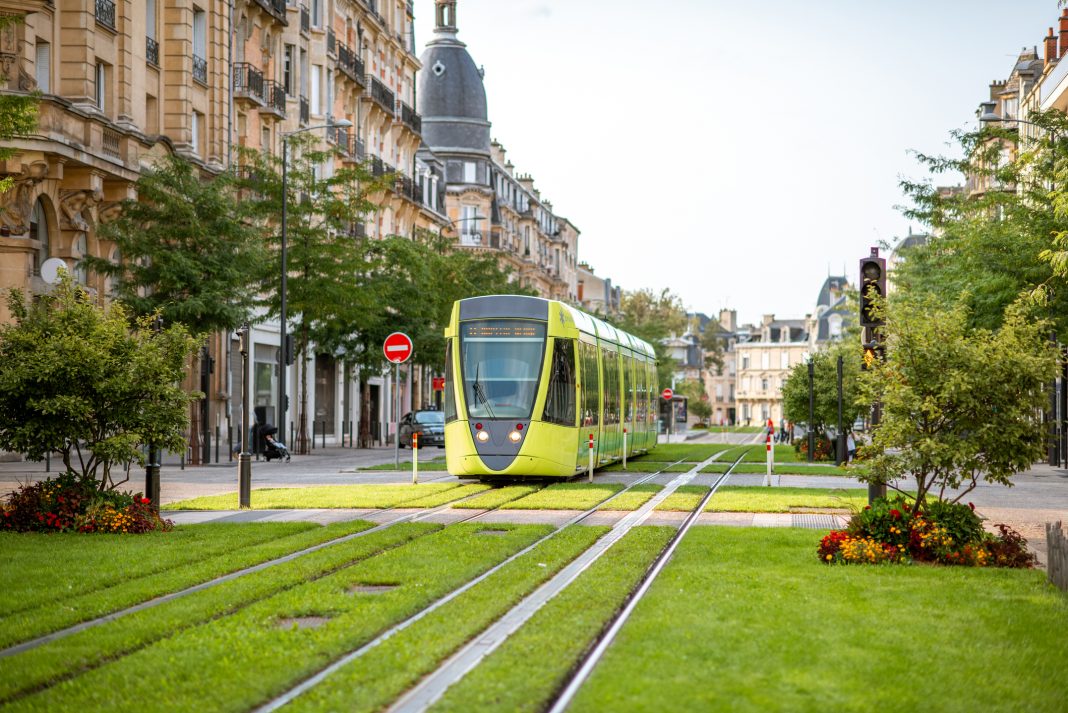Thord Stefan Back, Member of the EESC, charts the transition to a long-term sustainable transport system to achieve climate neutrality in Europe by 2050
For some time now, the European Union (EU) has aspired to lead the green transition – including transport – by aiming to achieve climate neutrality in 2050. The Fit for 55 package is seen as a significant step in this process by making a 55% cut to CO2 emissions by 2030 a legal obligation.
The trilogues are advancing well – most recently, the agreement on the amendments to the Emission Trading System (ETS), which includes road transport, maritime transport and aviation, as well as the ReFuelEU aviation proposal, where a provisional agreement has just been reached.
These agreements clearly demonstrate a high level of ambition to decarbonise transport, as do the recently adopted rules on CO2 emission levels for cars and vans and the newly submitted proposal for strengthened rules on CO2 emissions of heavy-duty vehicles.
The EU demonstrates that it can wield “a stick” on all these points. For instance, the blend of obligations on EU aviation and rules on eligible sustainable fuels are probably the strictest in the world.
Sustainable aviation fuels
But a few problems remain. Taken together, ETS, fuel, and CO2 regulation mean increased costs. For instance, the current production of sustainable aviation fuels worldwide is about 25 million tonnes, while the needs of aviation will be 350-450 million tonnes by 2030 under the agreed-upon rules.
These fuels are also about four times as costly as the currently used kerosene. According to the airlines association, Airlines for Europe (A4E), the cost of guaranteeing sustainable aviation fuels by 2030 would amount to €20 billion.
In concrete terms, this means reduced competitiveness for European airlines and increased ticket prices and freight costs.
The situation in the U.S. under the Inflation Reduction Act is different, simply because financing is there to promote fuel production and support airlines to reduce the extra costs. The Commission is considering such “carrots” or support initiatives, but the proposed resources are very limited.
Essential aspects of the Green Deal for creating a sustainable transport system
And this brings me to the key elements that I, and in fact, the whole of the EESC in the opinion on the green transition of transport adopted in April 2023, consider essential elements for the Green Deal to be a success and not a dead letter.
To us, the key for the Green Deal to succeed and for the EU to really take the lead in the green transition is acceptance by the public and businesses. They must be ready to buy into both the 90% emissions reduction target by 2050 and, in particular, the means used to get there.
We see three main conditions for such success:
- First, businesses must feel that they are not burdened with excessive costs and will remain competitive within and outside the EU.
- Second, employees must see the transition as acceptable and be given the real possibility of adapting to new working conditions in a socially acceptable manner.
- Third, citizens – in both urban and rural areas – must be guaranteed accessibility and mobility at a reasonable cost and under good overall conditions.
This means, for instance, that the framework must appear realistic and attractive in all parts of the transport sector – zero or low-emission solutions for aviation or heavy-duty road transport must seem workable and financially attractive to consumers and businesses.
Alternative fuels conditions vary in Member States
Regarding alternative fuels, it is also necessary to remember that conditions in different Member States vary. For instance, Sweden, Finland, Estonia and Italy are struggling to get a better deal for biofuels – so far, with very limited success. Technological neutrality is, in fact, key both because of the diversity of Member States and because the long-term perspective of a sustainable transport system means that new solutions and new means of propulsion will emerge, which require openness and a focus on results.
Pushing forward positivity in the transport sector
We at EESC highlight the importance of sending positive signals, such as promoting multimodality by getting the best out of each mode and enhancing efficiency through digitalisation and capacity optimisation, for instance.
Coherence is also essential, for example, between developing sustainable fuels and the infrastructure needed for distribution.
Social sustainability is another key element, including both good accessibility at a reasonable price and employee participation in the green transition and broad consultations with all concerned.
There may be a danger of backlash if there is too much pressure and little real encouragement in the actions taken to implement the Green Deal.
It would be excellent if the action taken in the EU to implement the Green Deal were seen as more attractive to businesses and people.
The focus should be on the best way of getting sustainable transport system results, with more emphasis on encouragement than restrictions!











